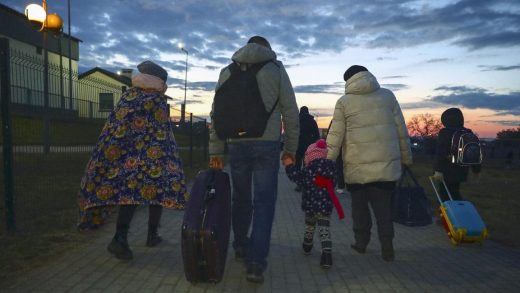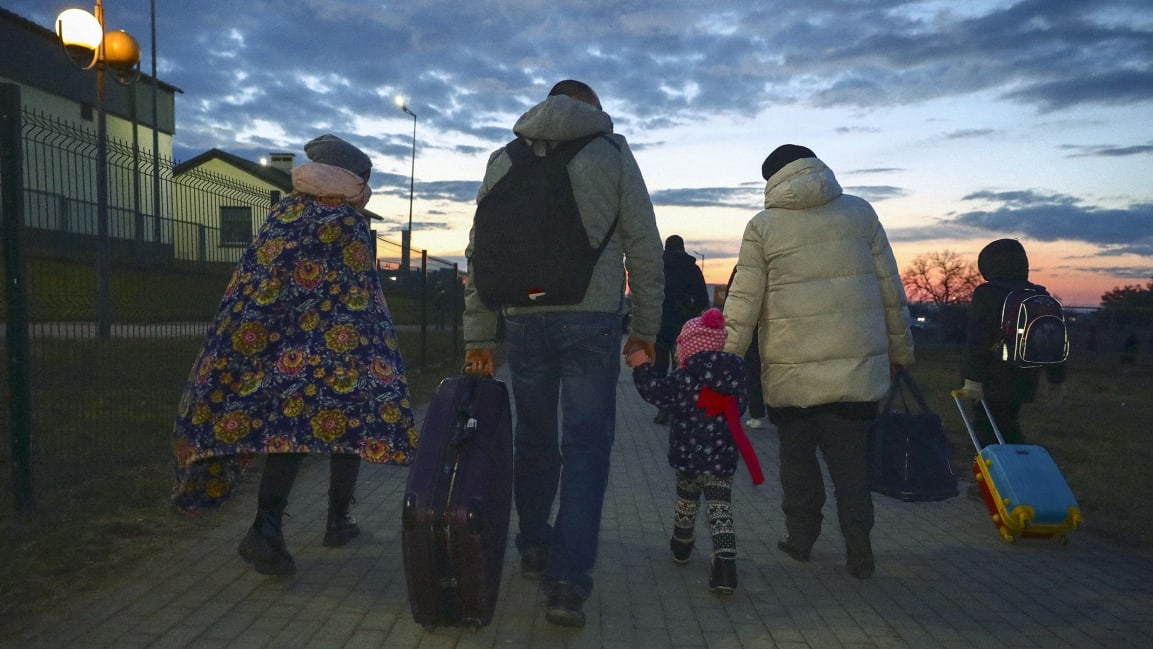Where Ukrainian refugees are likely to find help and safety
When Ukrainians woke up to the sound of Russian bombs on Thursday, tens of thousands of people started to flee. Traffic jams stretched miles from the Polish border; some cars sat abandoned after drivers ran out of gas. One American journalist reported walking for 20 hours to get to Poland, alongside toddlers, elderly people, and men who were conscripted into the army along the way. The UN estimates that 100,000 people were displaced on Thursday alone, both inside and outside the country.
Many Ukrainians have already fled to nearby Poland, where the government has set up stations along the border with food, medical assistance, and help getting transportation to other parts of the country. Ukrainians can enter without a passport. (As one of the EU member states participating in the Schengen Area, Poland is waiving border restrictions, permitting Ukrainians legal travel and stays of up to 90 days.) It’s a stark difference from the reception for Syrians, Afghans, and others who are also trying to cross the border. “We’ve seen literal and figurative walls being built on the borders in order to block people from coming through,” she says. Some migrants are currently freezing and starving in Polish forests, and helping them is against Polish law.
Because Poland and nearby countries like Hungary and Slovakia have taken a hard line against other refugees, there also isn’t enough capacity now to help a flood of Ukrainians. Citizens are offering grassroots help. But governments have limited shelter space and resources. Other countries, including the U.S., will need to offer financial support, humanitarian aid, and help coordinating getting people to other locations, Panayotatos says.
Poland, which is already home to as many as 2 million Ukrainians who fled after conflict in 2014, is preparing for at least 1 million more people. Romania has said that it can receive half a million Ukrainian refugees. Hungary says that it expects 600,000 refugees, and can accept tens of thousands. Portugal has said that all Ukrainian refugees will be welcome and that it will expedite visas for people with friends or family there. Ireland waived visa requirements for Ukrainians fleeing the war. Czechia, Moldova, Slovakia, Lithuania, and Latvia are also preparing for an influx of refugees. Germany is offering support to Poland and other Eastern European countries.
Some Ukrainians may be able to come to the U.S.; the White House has said that it is prepared to accept Ukrainian refugees, and also considering protecting Ukrainians already in the U.S. from deportation. But most of the support will likely be needed in Europe, and if the conflict is protracted, refugees will need help finding long-term housing, jobs, getting their children in schools, and other staples of life. “It’s not just about the immediate humanitarian needs of food, water, clothing, and shelter, but it’s also ensuring that people are being supported and empowered in a way that they can be able to start to rebuild their lives, wherever that might be that they’re able to do that,” Panavotatos says.
Fast Company , Read Full Story
(26)



